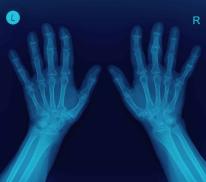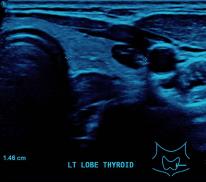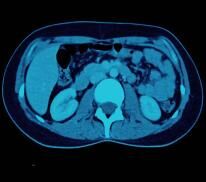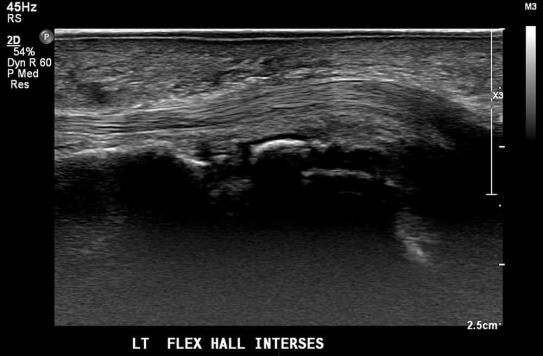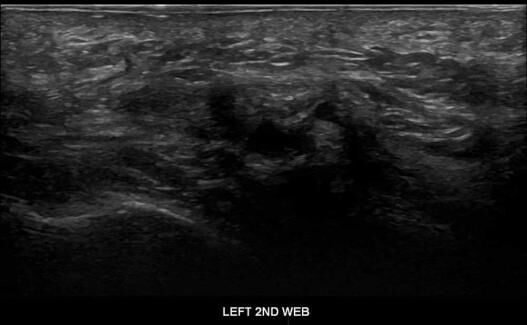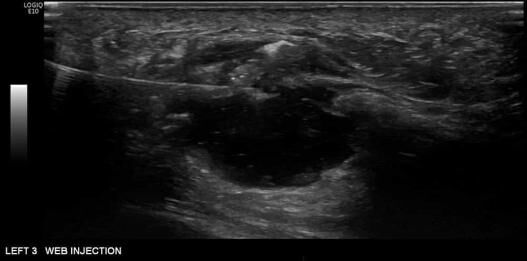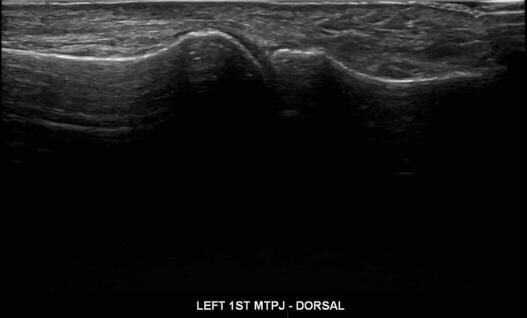Ultrasound imaging for foot injuries.
Diagnostic ultrasound for the foot is a generally painless procedure to assess and diagnose certain foot-related injuries and soft tissue overuse conditions.
Trusted foot ultrasound in Melbourne.
Doctors may refer patients for an ultrasound imaging test to help assess and diagnose various conditions, including foot and ankle injuries.
Diagnostic ultrasound, or sonography, is a non-invasive imaging test that uses high-frequency sound waves to produce images of certain organs and structures within the body, including the muscle tendons and joint ligaments within the foot.
Due to the test providing accurate, immediate diagnoses, a foot ultrasound may be referred by the patient’s podiatrist or doctor to evaluate foot and ankle injuries. The speed by which this diagnostic test releases its results allows the patient to receive immediate treatment, while the accurate evaluation of the condition leads to better treatment outcomes.
Our clinic uses state-of-the-art technology for foot ultrasound here in Melbourne to assist with the management and diagnosis of foot-related injuries.
Ultrasound technology.
Since ultrasound produces real-time images, it makes for a fantastic tool for conducting procedures that require imaging guidance, such as treating tendon injuries.
Diagnostic ultrasound imaging delivers results immediately as it provides a live feed image of the organ or structure being examined on the screen.
During the foot ultrasound exam, a thin layer of ultrasound gel is applied to the part of the foot that is to be assessed. A small hand-held probe called a transducer is then used on the gelled skin, where it emits high-frequency sound waves that will travel through the gel and into the foot. The transducer then collects the sound waves that bounce back to produce a real-time image on the computer.
Radiation-free and painless.
Instead of ionizing radiation, ultrasounds utilise inaudible sound waves to create comprehensive images of the organ or structure being examined.
Ultrasound imaging utilises inaudible, high-frequency sound waves to provide detailed images of internal body structures, unlike CT scans and X-rays, which use radiation. It is a generally non-invasive, painless procedure. For another radiation-free imaging test to evaluate foot and ankle conditions, doctors may also refer patients to undergo an MRI scan procedure.
Quality imaging for accurate diagnosis.
High-quality ultrasound imaging is crucial to help the doctor evaluate the injured foot or ankle part more closely and make an accurate diagnosis.
Over the years, ultrasound image quality has undergone significant improvement. What affects the quality is the reflection of the sound waves; the amplitude of the signal and the time the wave needs to travel through the body provide the required information to create the ultrasound image.
Further Information.
Referring doctors are welcome to discuss with our radiologists the imaging needs of their patients and whether ultrasound is suitable for their patient’s medical condition.
Specialist Radiologists.
MSK & MRI Fellowship Trained Radiologists
